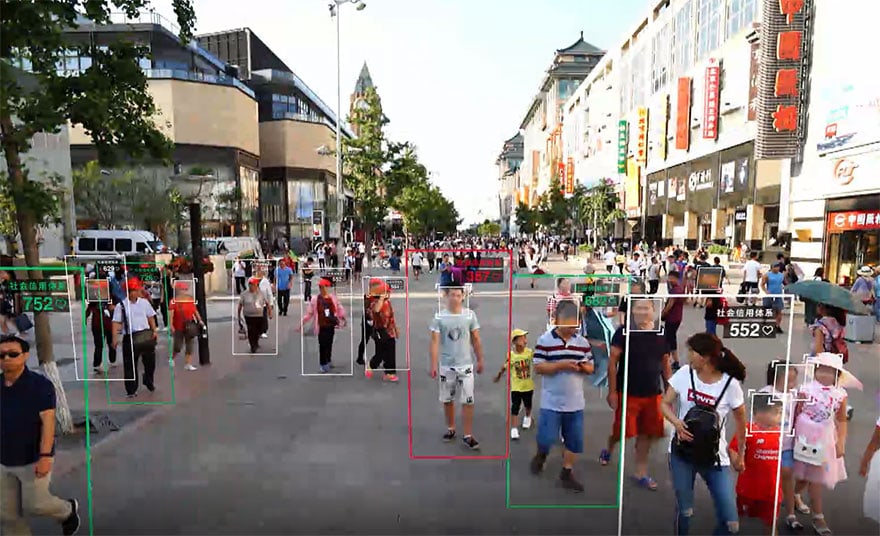Novocain-free molar extraction.
Be inspired by the Agile spirit
The mistake usually made is to imagine that it is enough to integrate these tools to become a digital company. This is obviously a shortcut that one should be careful not to take because de facto, the level of technological mastery that must be reached before accessing the data of a so-called "traditional" company and being able to free up essential data is particularly demanding; data that will be used both in Analytics and in projects. The decompartmentalization of organizations, the transition to "data gap" type management and the implementation of APIs are some of the steps to be taken.
A prerequisite, adopt project mode













